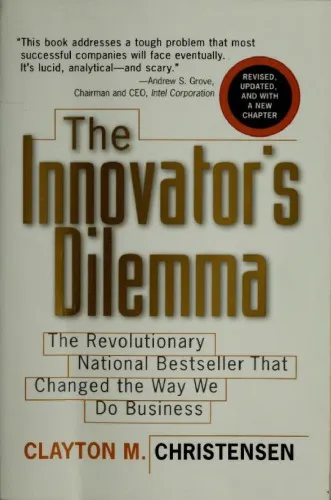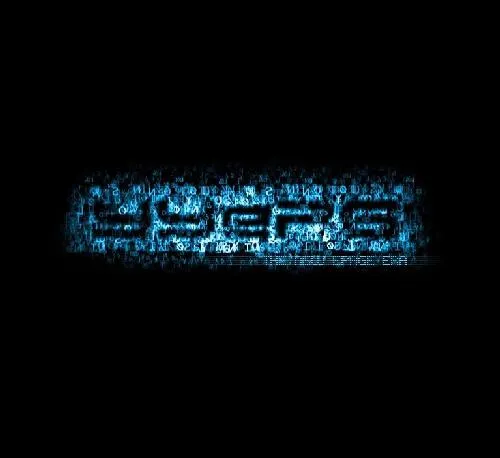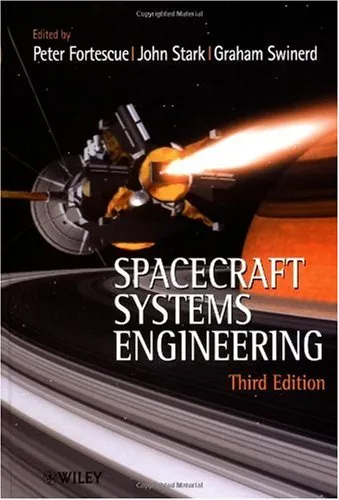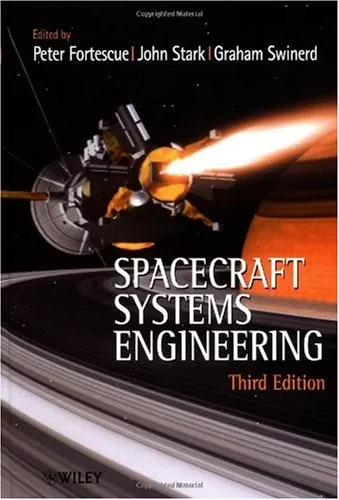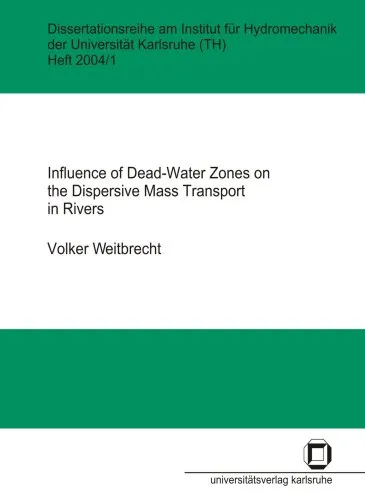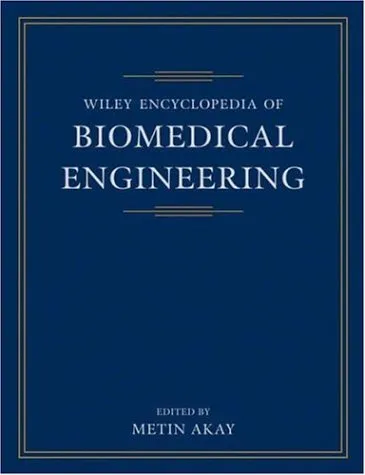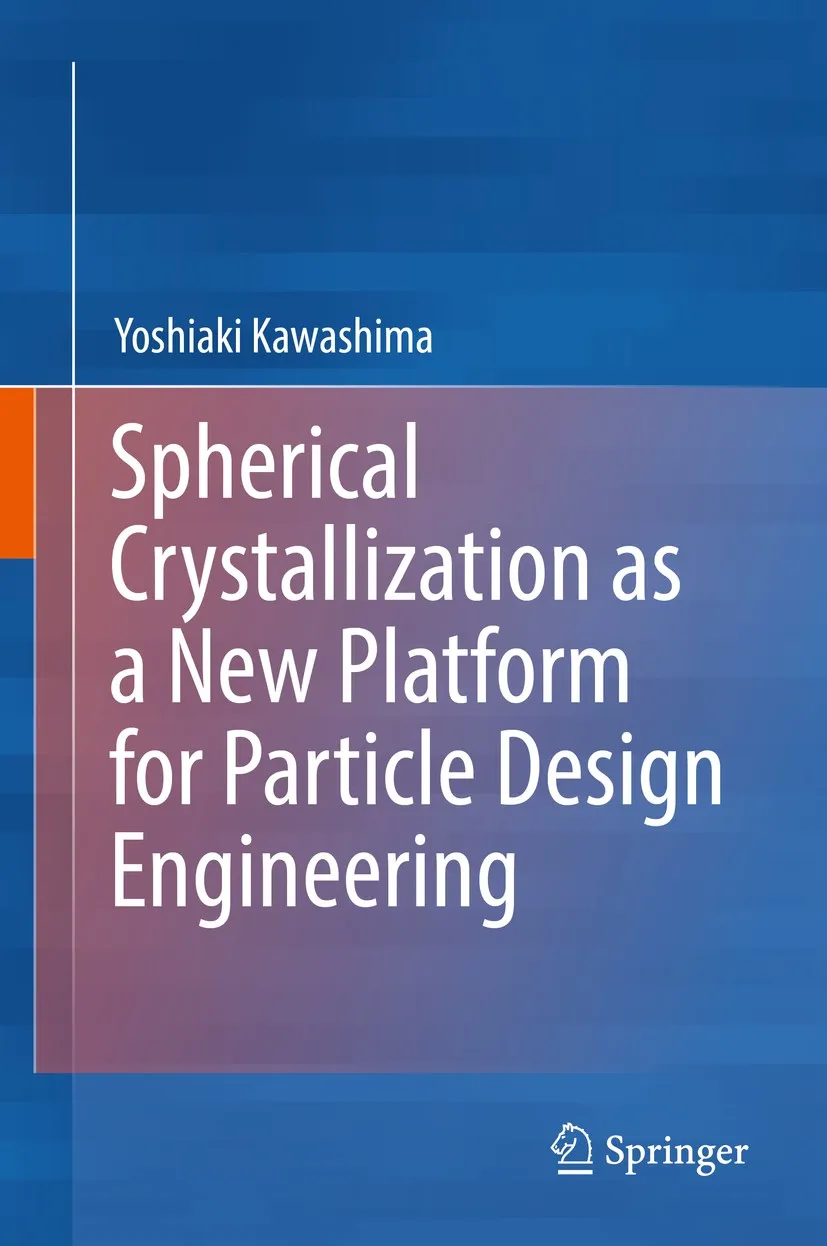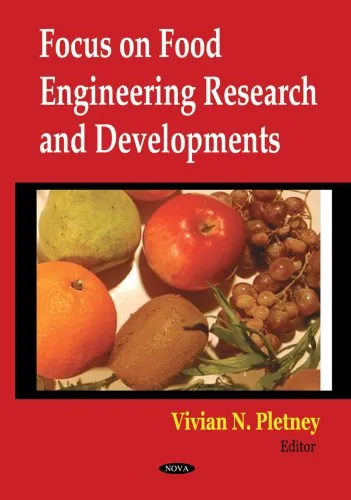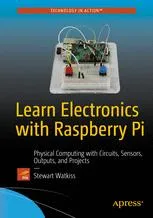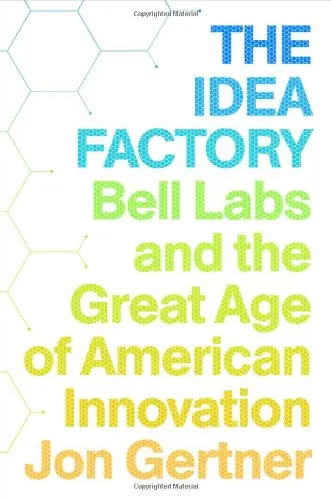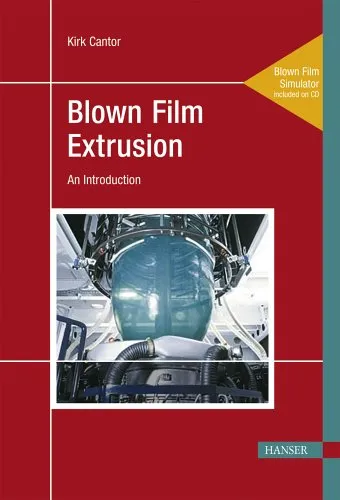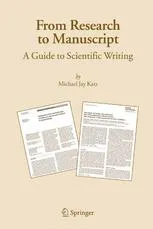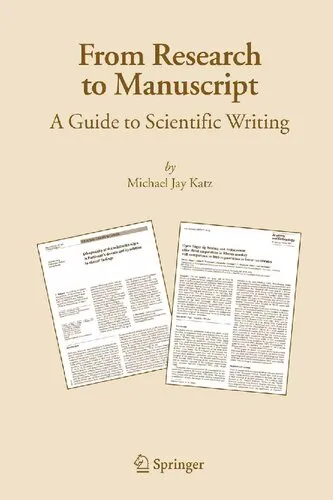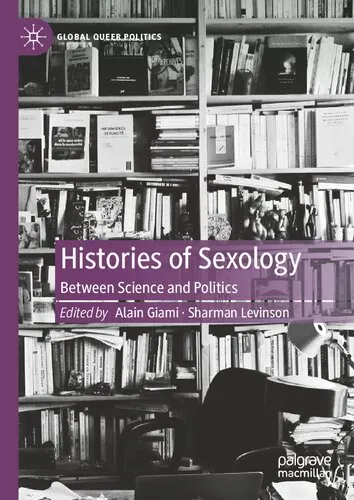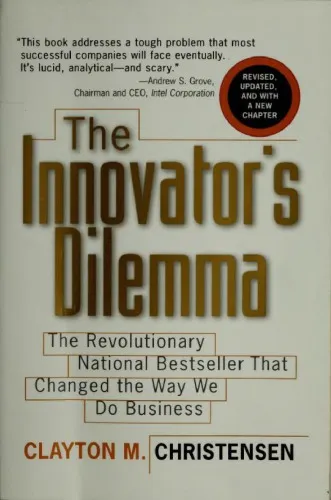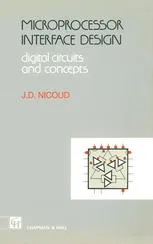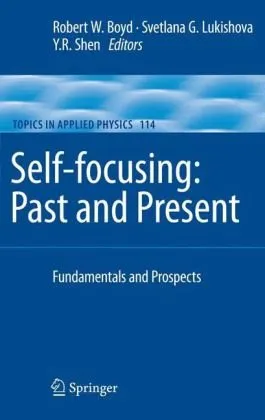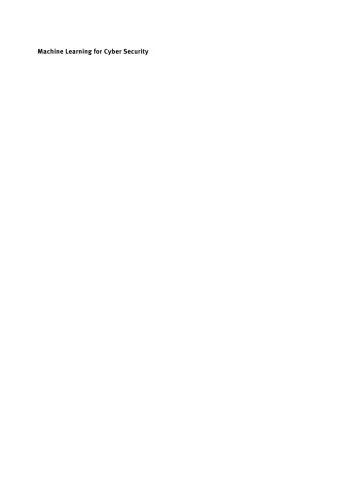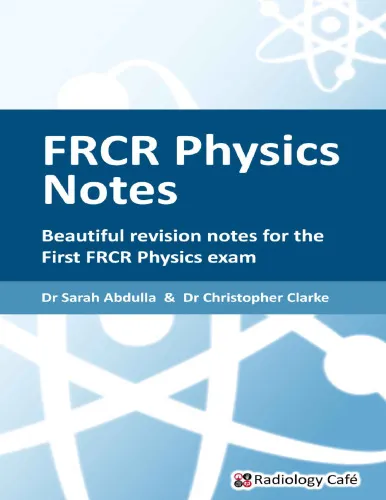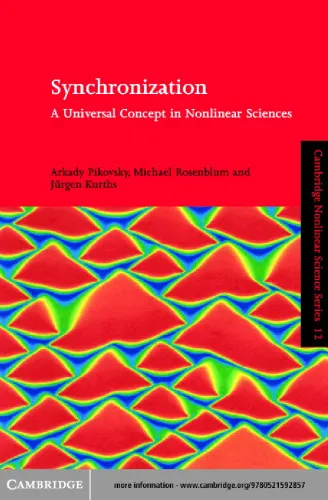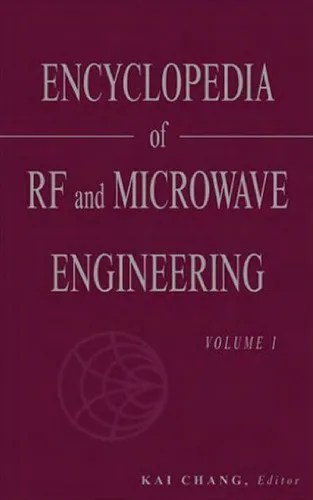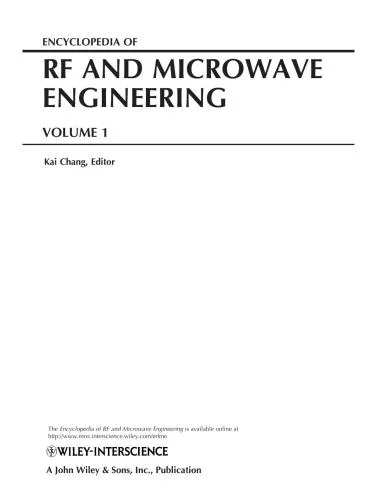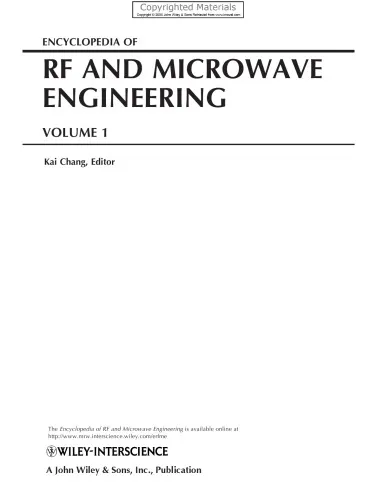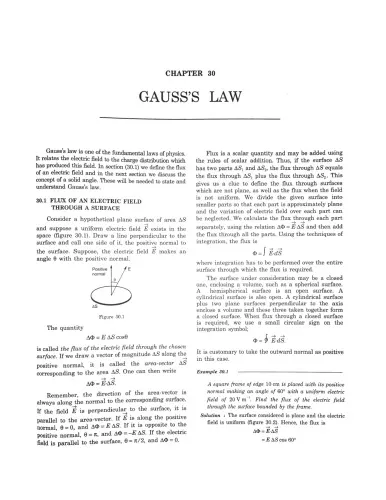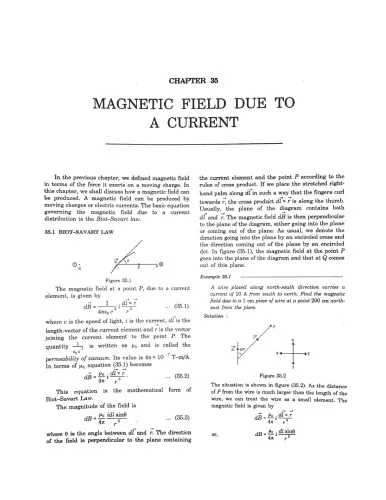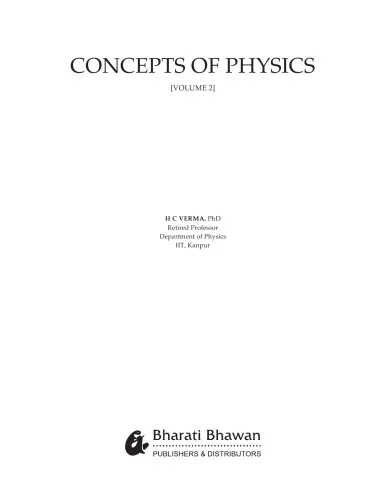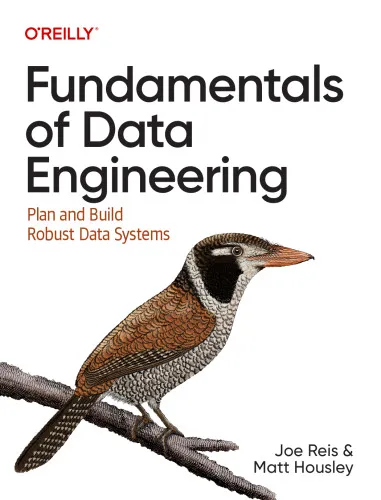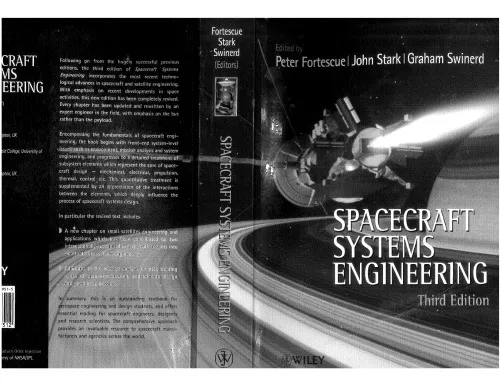Journal of the Franklin Institute
4.6
Reviews from our users

You Can Ask your questions from this book's AI after Login
Each download or ask from book AI costs 2 points. To earn more free points, please visit the Points Guide Page and complete some valuable actions.Related Refrences:
Analytical Summary
The Journal of the Franklin Institutepp.171—172 represents a vital segment of academic discourse, bridging historical context with technical precision. It reflects the meticulous approach of its author, Raymond J. Seeger, in documenting engineering and scientific developments, while situating them within broader societal and intellectual currents. These pages contribute to the continuity of the Franklin Institute’s longstanding tradition of disseminating authoritative scientific research.
Although precise publication year information is unavailable due to the absence of a reliable public source, this portion of the Journal is nonetheless anchored in a tradition dating back to the early 19th century. It collates experimental findings, theoretical models, and applied technology discussions, serving both historians of science and contemporary engineering practitioners. By focusing on the core themes—science communication and rigorous analysis—it reflects the enduring relevance of structured, peer‑reviewed scholarship.
The text provides layered perspectives: on one level, it chronicles the direct results of investigations; on another, it represents the methodological rigor and peer engagement expected in serious technical publishing. For anyone keen to understand historical engineering studies and the evolution of scientific thought, this section is more than archival—it is a living reference point in ongoing discourse.
Key Takeaways
From a close reading of the Journal of the Franklin Institutepp.171—172, several important themes emerge that resonate strongly in both historical and modern contexts.
First is the importance of precise technical documentation, ensuring that findings are reproducible and verifiable. Second is the way the work situates technological advances in the broader frame of historical engineering studies. Third is an emphasis on interdisciplinary collaboration, reflecting the interconnected nature of scientific progress. Fourth, the narrative demonstrates how archival research can inform current innovation. Finally, it stands as a model for clear, concise scientific communication while maintaining depth.
Memorable Quotes
The clarity of research is as vital as its correctness.Unknown
Engineering history is not merely a record but a guide to future innovation.Unknown
Scientific rigor endures beyond the moment of discovery.Unknown
Why This Book Matters
The value of the Journal of the Franklin Institutepp.171—172 extends well beyond its immediate contents. It offers a model of how scholarly work can balance detailed empirical evidence with interpretive analysis.
In combining scientific research analysis with historical engineering studies, it equips readers with both factual understanding and interpretive skill. For academics, this means a reliable reference point; for professionals, it means a foundation upon which practical applications can be built. The tone and structure showcase high‑level thinking without sacrificing accessibility, underscoring why such works are integral to the perpetuation of scientific and engineering excellence.
Inspiring Conclusion
Engaging with the Journal of the Franklin Institutepp.171—172 is an invitation into the rigor and depth that define exemplary scientific literature. It stands as both a historical artifact and a living tool for modern scholarship.
By examining its analyses, key takeaways, and the precision behind its documentation, readers can appreciate the continuity between past and present intellectual endeavors. Whether you are an academic, engineer, or simply a serious reader with a curiosity for detailed and authoritative works, the next step is clear: obtain a copy, read attentively, share your insights with peers, and participate in the ongoing dialogue that such scholarship invites.
Free Direct Download
You Can Download this book after Login
Accessing books through legal platforms and public libraries not only supports the rights of authors and publishers but also contributes to the sustainability of reading culture. Before downloading, please take a moment to consider these options.
Find this book on other platforms:
WorldCat helps you find books in libraries worldwide.
See ratings, reviews, and discussions on Goodreads.
Find and buy rare or used books on AbeBooks.
3055
بازدید4.6
امتیاز0
نظر98%
رضایتReviews:
4.6
Based on 0 users review
Questions & Answers
Ask questions about this book or help others by answering
No questions yet. Be the first to ask!

